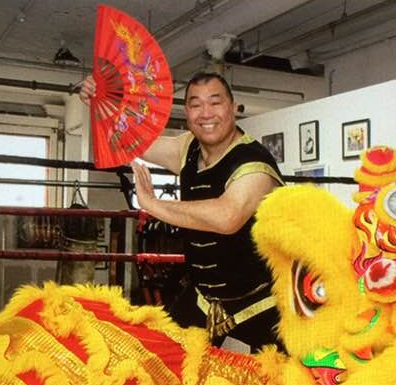Cultural Significance of Martial Arts Over Time
Introduction:
Welcome to the captivating world of fighting styles, where the significance of these ancient arts extends far beyond the realm of physical combat. As an experienced martial arts instructor deeply passionate about preserving and sharing the rich cultural heritage of fighting styles, I invite you to explore the profound impact they have had on different societies throughout history. From the ancient battlegrounds to the modern global stage, fighting styles have shaped cultures, instilled values, and provided a pathway to personal growth and understanding.
Ancient Battlegrounds: The Birth of Fighting Styles
In ancient times, fighting styles were born out of necessity for survival, protection, and defense.
The Birth of Traditional Martial Arts in Ancient Civilizations
Ancient civilizations such as China, India, Greece, and Egypt laid the foundation for traditional martial arts, each with their unique cultural significance.
Ancient China – The Birth of Kung Fu
In China, the birthplace of Kung Fu, fighting styles were developed not only for combat but also as a means of self-cultivation and spiritual growth. Kung Fu’s cultural significance is deeply rooted in Confucian and Taoist philosophies, emphasizing discipline, respect, and the harmonious balance of mind, body, and spirit.
Ancient India – The Roots of Kalaripayattu
Kalaripayattu, one of the world’s oldest fighting styles, originated in India and embodies the nation’s rich cultural heritage. The practice of Kalaripayattu is not only about physical combat but also encompasses artistic expression, storytelling, and an appreciation for nature.
Ancient Greece – The Legacy of Pankration
In ancient Greece, the martial art of Pankration symbolized the strength and valor of Greek warriors. This physically demanding and intense sport was showcased in the ancient Olympic Games, exemplifying the cultural importance of martial prowess and athletic excellence.
Martial Arts as a Cultural Expression
As fighting styles evolved, they became an integral part of cultural expression and identity.
Martial Arts in Feudal Japan – The Way of the Warrior
In feudal Japan, martial arts like Jujutsu, Kenjutsu, and Kyudo held a profound cultural significance, shaping the way of the warrior (bushido) and the samurai code. These martial arts emphasized honor, loyalty, and the pursuit of excellence in both combat and everyday life.
Martial Arts in Medieval Europe – The Art of Chivalry
In medieval Europe, knights embraced martial arts as an essential aspect of their training, culminating in the art of chivalry. These fighting styles emphasized courage, valor, and the code of conduct known as chivalry, which was an embodiment of knightly virtues.
Martial Arts as a Vehicle for Self-Development
Throughout history, fighting styles have been a means of personal growth, self-discipline, and self-awareness.
Martial Arts in East Asia – The Path to Self-Cultivation
In East Asia, traditional martial arts like Taekwondo, Aikido, and Tai Chi were not only practiced for self-defense but also embraced as vehicles for self-cultivation and spiritual enlightenment. The cultural significance of these fighting styles lies in their emphasis on inner harmony, meditation, and the pursuit of inner peace.
Martial Arts in the Modern Era – A Way of Life
In the modern era, fighting styles continue to hold cultural significance as a way of life for practitioners worldwide. Martial arts academies and schools foster an environment of discipline, respect, and camaraderie, providing students with valuable life skills beyond physical techniques.
The Global Impact of Fighting Styles
In the modern world, fighting styles have transcended borders and cultures, becoming a global phenomenon.
The Rise of MMA – A Global Showcase of Fighting Styles
Mixed Martial Arts (MMA) has become a platform for fighters from different disciplines to showcase their unique styles and techniques on a global stage. MMA’s cultural significance lies in its ability to bridge the gap between various fighting styles and cultures, promoting mutual respect and appreciation.
Martial Arts in Popular Culture – Inspiring the Masses
Fighting styles have left an indelible mark on popular culture, inspiring countless films, books, and television shows. From classic martial arts movies to modern action-packed blockbusters, the cultural significance of fighting styles is evident in their enduring popularity and impact on entertainment.
Conclusion:
The cultural significance of fighting styles throughout history is a testament to their enduring legacy. From ancient civilizations to the modern global stage, these arts have not only provided means of self-defense but also cultural expression, self-development, and inspiration.
As an experienced instructor, my mission is to impart not just physical techniques but also the rich cultural heritage and values that are intrinsic to the world of fighting styles. Embrace the journey of martial arts, and let its profound cultural significance guide you on a path of self-discovery, growth, and unity with others across the globe.

